
Key Takeaways
-
Patients often seek regenerative treatments in Tijuana Mexico and Guadalajara Mexico due to regulatory frameworks that permit expanded cell treatments not yet standard in the US or Canada.
-
The primary types of cells used for brain injury include Mesenchymal Stem Cells (MSCs) derived from umbilical cord tissue, adipose tissue, or bone marrow, focusing on neuroprotection and anti-inflammation.
-
Cost savings for this specialized treatment in Mexico typically range from 40% to 70% compared to similar experimental protocols in Western countries.
Average Cost Ranges for Stem Cell Treatment Packages (Brain Injury Focus)
-
Mexico (Tijuana, Guadalajara, Cancun): $5,000 – $15,000 USD per treatment protocol.
-
Turkey (Istanbul): $12,000 – $25,000 USD (Often for more complex, multi-day protocols in regulated facilities).
-
Korea (Seoul): $15,000 – $35,000 USD (Reflecting high regulatory standards and comprehensive hospital stays).
The Promise of Stem Cell Therapy for Traumatic Brain Injury (TBI)
Stem cell therapy for brain injury is an emerging regenerative treatment that leverages the body's natural healing mechanisms to potentially reduce inflammation, protect existing neurons, and promote functional recovery after trauma.
Traumatic Brain Injury (TBI) affects millions globally, often leading to chronic neurological deficits that traditional medicine struggles to reverse entirely. This has led many patients and caregivers to explore regenerative medicine, particularly stem cell therapy for TBI, as a promising alternative. Medical tourism destinations, notably Mexico, have become hubs for this treatment due to favorable regulatory environments and competitive costs.
The core promise of stem cell therapy lies in the unique properties of certain cell types—chiefly Mesenchymal Stem Cells (MSCs)—to migrate to injury sites, modulate the immune response, and secrete powerful growth factors that support the survival and function of existing brain cells. This process, known as paracrine signaling, is often considered more critical than direct cell replacement in current TBI protocols.
Did You Know? The initial damage from a TBI is often followed by a cascade of secondary injuries, including chronic inflammation and cell death. Stem cells are believed to intervene by calming this inflammatory storm, offering a window for natural brain repair.
Understanding Stem Cell Types and Delivery Methods in Mexico
The most common and clinically studied stem cells for brain injury treatment in Tijuana Mexico and Cancun Mexico are Mesenchymal Stem Cells (MSCs), primarily delivered through intravenous infusion or intrathecal injection for maximum impact.
The type of stem cell used significantly impacts the potential therapeutic outcome. Clinics specializing in Brain Injury Stem Cell Therapy in Mexico primarily use allogeneic MSCs (derived from screened, healthy donors, often from umbilical cord tissue—called UC-MSCs) or autologous MSCs (derived from the patient's own bone marrow or adipose/fat tissue).
Mesenchymal Stem Cells (MSCs) – The Workhorse
MSCs are multipotent cells favored for TBI due to their powerful immunomodulatory and neuroprotective properties. They are not primarily used to turn into new neurons but rather to create a supportive, anti-inflammatory environment.
Sources of MSCs:
-
Umbilical Cord Tissue (UC-MSCs): Considered the most potent due to their young age and high proliferation rate. This is a popular option in Guadalajara Mexico clinics.
-
Adipose-Derived Stem Cells (ADSCs): Easily harvested via a minor liposuction procedure from the patient (autologous).
-
Bone Marrow Aspirate Concentrate (BMAC): Another common autologous source, rich in various progenitor cells.
Key Delivery Routes for Brain Treatment
Effective delivery is paramount for Stem Cell Treatment for TBI. The cells need to cross the blood-brain barrier or bypass it to reach the central nervous system (CNS).
|
Delivery Method |
Description |
Primary Goal |
|---|---|---|
|
Intrathecal (Lumbar Puncture) |
Direct injection into the cerebrospinal fluid (CSF) in the spinal column. |
Allows cells to bypass the blood-brain barrier and reach the brain and spinal cord environment directly. |
|
Intravenous (IV) Infusion |
Cells are infused directly into the bloodstream. |
Primarily targets systemic inflammation and leverages the paracrine effect through the circulatory system. |
|
Intranasal Delivery |
Cells are administered through the nose. |
Less invasive; theorized to allow cells to migrate along olfactory nerves directly to the brain. |
Candidacy and Pre-Treatment Preparation
Candidacy for Brain Injury Stem Cell Treatment in Mexico is determined through a comprehensive medical review, focusing on the patient's overall health, the severity and stability of the injury, and realistic expectations for functional improvement.
Stem cell therapy is not a one-size-fits-all solution. Clinics in Tijuana Mexico typically require potential patients to submit extensive medical records, including previous MRI/CT scans, neurological reports, and a history of rehabilitation therapies.
Who is a Good Candidate?
-
Patients with chronic motor deficits resulting from TBI (often 6 months or more post-injury).
-
Individuals with persistent cognitive and neurological symptoms (headaches, memory loss, balance issues).
-
Patients who have exhausted conventional rehabilitation options but remain medically stable.
-
Individuals free from active cancer or acute infections.
Pre-Treatment Protocol Steps
-
Medical Consultation: A specialist reviews the patient's history to formulate a personalized cell dosage and protocol.
-
Travel Logistics: Patients work with medical tourism facilitators, like PlacidWay, to arrange travel, accommodation in Guadalajara Mexico, and clinic transfers.
-
Blood Work: Comprehensive pre-treatment blood tests are performed, often upon arrival, to confirm fitness for the procedure and ensure no underlying issues.
-
Nutritional Preparation: Patients may be advised to follow specific anti-inflammatory diets and cessation of certain medications (like blood thinners) before the treatment days.
Detailed Cost Analysis: Mexico vs. Global Medical Tourism
The lower operational costs, favorable regulations, and high cell viability standards make Mexico a globally competitive destination for affordable and advanced Brain Injury Stem Cell Therapy, offering substantial savings over protocols in the US or Europe.
The cost of Stem Cell Therapy in Mexico is variable, depending heavily on the condition, the type and source of cells (autologous vs. allogeneic), and, critically, the cell count administered. Many reputable clinics in Tijuana Mexico offer protocols involving 50 million to 200 million MSCs.
Comparative Cost Table (Per Protocol, Estimated USD)
This table demonstrates why thousands of patients choose destinations like Mexico for specialized, affordable care.
|
Destination |
Typical Cell Count (MSC) |
Estimated Price Range (USD) |
Key Value Proposition |
|---|---|---|---|
|
Tijuana, Mexico |
50 Million – 100 Million |
$5,500 – $10,500 |
High cell viability, ease of access for North American patients, regulatory framework. |
|
Guadalajara, Mexico |
75 Million – 150 Million |
$7,000 – $13,500 |
Modern hospital facilities, comprehensive treatment packages. |
|
Istanbul, Turkey |
Varies Widely |
$12,000 – $22,000 |
Integration with physiotherapy, JCI-accredited hospitals, central global hub. |
|
Seoul, South Korea |
Highly Regulated |
$18,000 – $30,000+ |
World-leading research and strict government oversight on cell products. |
|
USA (Trial/Unregulated) |
N/A (Limited Access) |
$15,000 – $50,000+ |
Extremely high cost for equivalent or inferior unregulated treatments. |
Fact and Figure: Patients traveling for regenerative medicine in Mexico report an average savings of 60% when comparing protocols that use equivalent cell sourcing and counts to those advertised in clinics in the United States. This significant cost difference includes travel and accommodation.
The Treatment and Recovery Journey
The Stem Cell Treatment for Traumatic Brain Injury typically involves a short stay in Cancun Mexico or Puerto Vallarta Mexico, allowing patients to receive treatment quickly before continuing their recovery at home, often coupled with ongoing rehabilitation.
A standard treatment protocol usually spans 3 to 5 days, minimizing the disruption to the patient's life. The procedure itself is minimally invasive.
The Recovery Phase and Aftercare
Immediately following the procedure, patients typically report minimal discomfort, usually localized soreness at the injection site (for intrathecal) or minor fatigue (for IV infusion).
Post-Treatment Guidelines:
-
Rest and Hydration: Critical in the first 24-48 hours. Patients are often encouraged to rest at their hotel near the clinic in Tijuana Mexico.
-
Avoid Anti-inflammatories (NSAIDs): Patients are advised to avoid ibuprofen or similar drugs as they can interfere with the stem cells' anti-inflammatory function.
-
Continued Rehabilitation: Stem cells are supportive; the best results come when therapy is combined with intensive physical, occupational, and speech therapy in the weeks and months following the procedure.
-
Follow-Up: Reputable clinics in Guadalajara Mexico provide virtual follow-ups, often spanning 3, 6, and 12 months, to track neurological improvements and functional gains.
Safety, Risks, and Regulatory Oversight in Mexico
While stem cell therapy is generally safe, patients must understand the risks, which primarily relate to the source and handling of the cells. Clinics in Mexico are often highly regulated by COFEPRIS (the federal health authority), providing a trusted environment for regenerative procedures.
The main risks associated with any cell therapy include infection, immune reaction (minimal with allogeneic MSCs due to their immune-privileged status), and, theoretically, the risk of tumor formation (which is extremely low with adult MSCs).
Ensuring Safety and Quality in Mexican Clinics
The medical tourism ecosystem in Mexico has matured, especially in border cities like Tijuana and health capitals like Guadalajara. When researching, prospective patients should look for:
-
COFEPRIS Certification: Licensing by the Mexican Federal Commission for the Protection against Health Risks is essential, serving as the equivalent of the FDA in the United States.
-
In-House Labs: Clinics that possess their own in-house, certified laboratories maintain complete control over cell processing and viability testing, ensuring the highest quality product.
-
Viability Reports: Demand a certificate of analysis showing the cell count and viability percentage (ideally above 90%) of the final product administered.
PlacidWay's Value Proposition: Your Trusted Partner
PlacidWay connects you only with COFEPRIS-licensed clinics in Tijuana Mexico, Guadalajara Mexico, and Cancun Mexico that meet international standards for regenerative medicine, offering transparent pricing and seamless travel arrangements.
Navigating the landscape of international regenerative medicine can be daunting. PlacidWay simplifies this journey by vetting clinics, verifying doctor credentials, and providing transparent, all-inclusive quotes. Our partnerships ensure you receive treatment only from highly reputable facilities specializing in neurological rehabilitation and advanced cell therapy protocols.
Frequently Asked Questions (FAQ)
Is Stem Cell Therapy for Brain Injury legal and safe in Mexico?
Stem cell therapy using allogeneic stem cells is legal and commonly practiced in Mexico, often under the regulation of COFEPRIS. Reputable clinics in cities like Tijuana Mexico adhere to strict protocols, making it a safe choice when proper research and vetting (like through PlacidWay) are performed. Safety relies heavily on the quality and source of the stem cells.
How many stem cell treatments will I need for chronic TBI?
The number of treatments required for chronic Traumatic Brain Injury (TBI) varies significantly based on the severity of the original injury and the patient's response. While some patients see improvement after a single, high-dose protocol, many clinics in Guadalajara Mexico recommend booster sessions or multi-session protocols over 6–12 months for sustained neurological benefit.
What are the success rates or expected outcomes for TBI stem cell treatment?
Success rates are not measured as a "cure" but as functional improvements, such as reduced spasticity, better cognitive function, improved balance, or decreased chronic headaches. Published clinical trial data suggests safety and feasibility, with many patients reporting subjective and measurable gains. Results are typically better when combined with an aggressive rehabilitation program.
Do insurance companies cover the cost of stem cell therapy in Mexico?
Currently, most major US, Canadian, and European insurance providers do not cover stem cell therapy for TBI, as it is largely considered experimental or non-standard of care. Treatment in Mexico is almost always an out-of-pocket expense, though the significantly lower Mexico cost compared to US clinics makes it financially feasible for many.
What is the difference between autologous and allogeneic stem cells?
Autologous cells are harvested from the patient's own body (e.g., fat or bone marrow). Allogeneic cells are derived from screened, healthy donors (most commonly from umbilical cord tissue, or UC-MSCs). Many leading clinics, especially in Tijuana Mexico, prefer allogeneic cells because they are younger, more potent, and avoid the invasive harvesting procedure required for autologous cells.
How long does the stem cell treatment procedure take in Cancun Mexico?
A typical stem cell procedure involves a short day visit for the cell infusion. If the protocol involves intrathecal injection, it takes about an hour, followed by a few hours of observation. The total trip duration often ranges from 3 to 5 days, allowing for pre-treatment consultations and a day of rest and relaxation in cities like Cancun Mexico.
Start Your Regenerative Journey with PlacidWay
Ready to explore the potential of Brain Injury Stem Cell Treatment in Mexico?
Don't navigate this complex decision alone. PlacidWay offers verified access to top-tier, COFEPRIS-licensed clinics specializing in neurological regeneration in Tijuana Mexico, Guadalajara Mexico, and Cancun Mexico.
Contact PlacidWay today for a free, personalized quote comparison and begin your consultation with a certified regenerative medicine specialist.


.png)
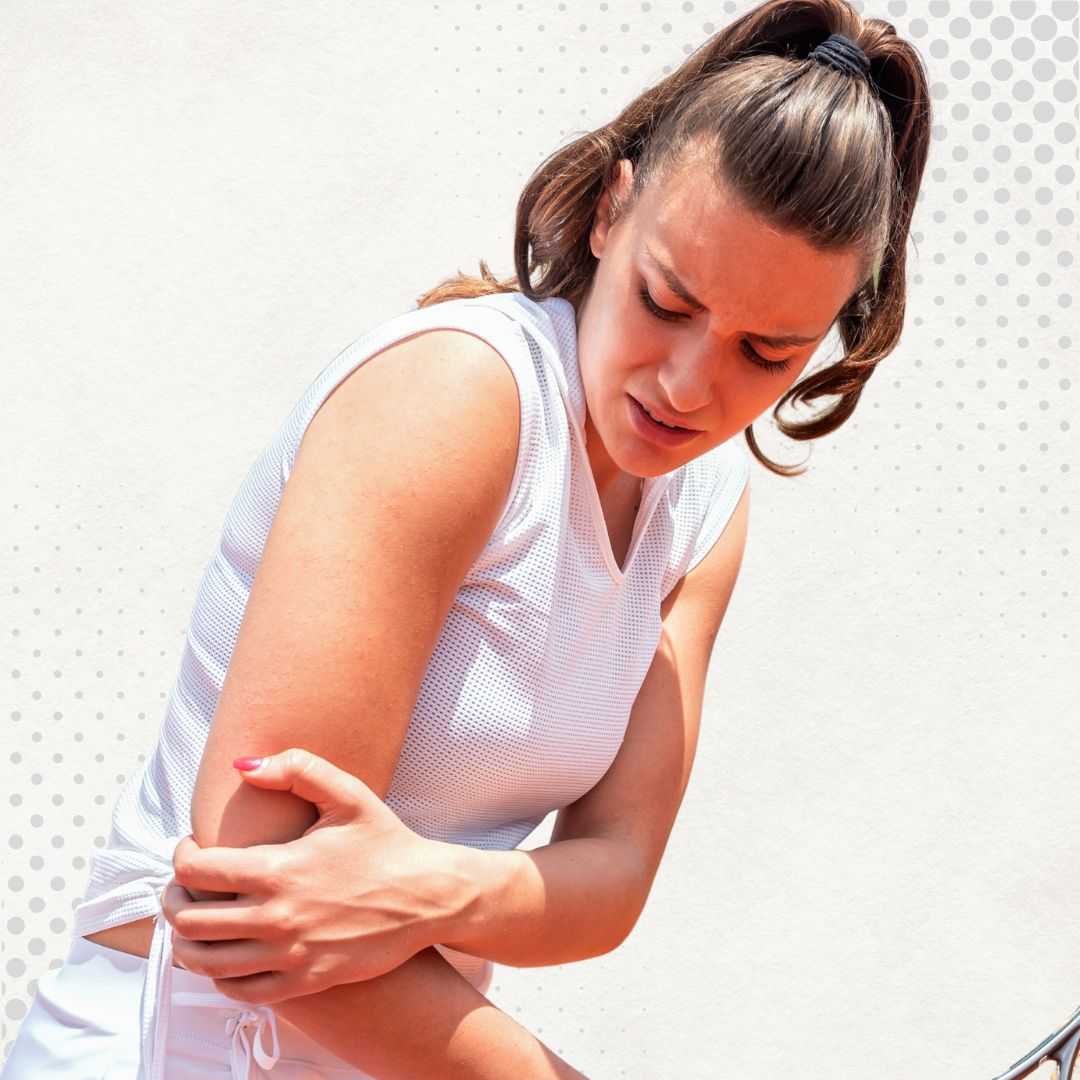


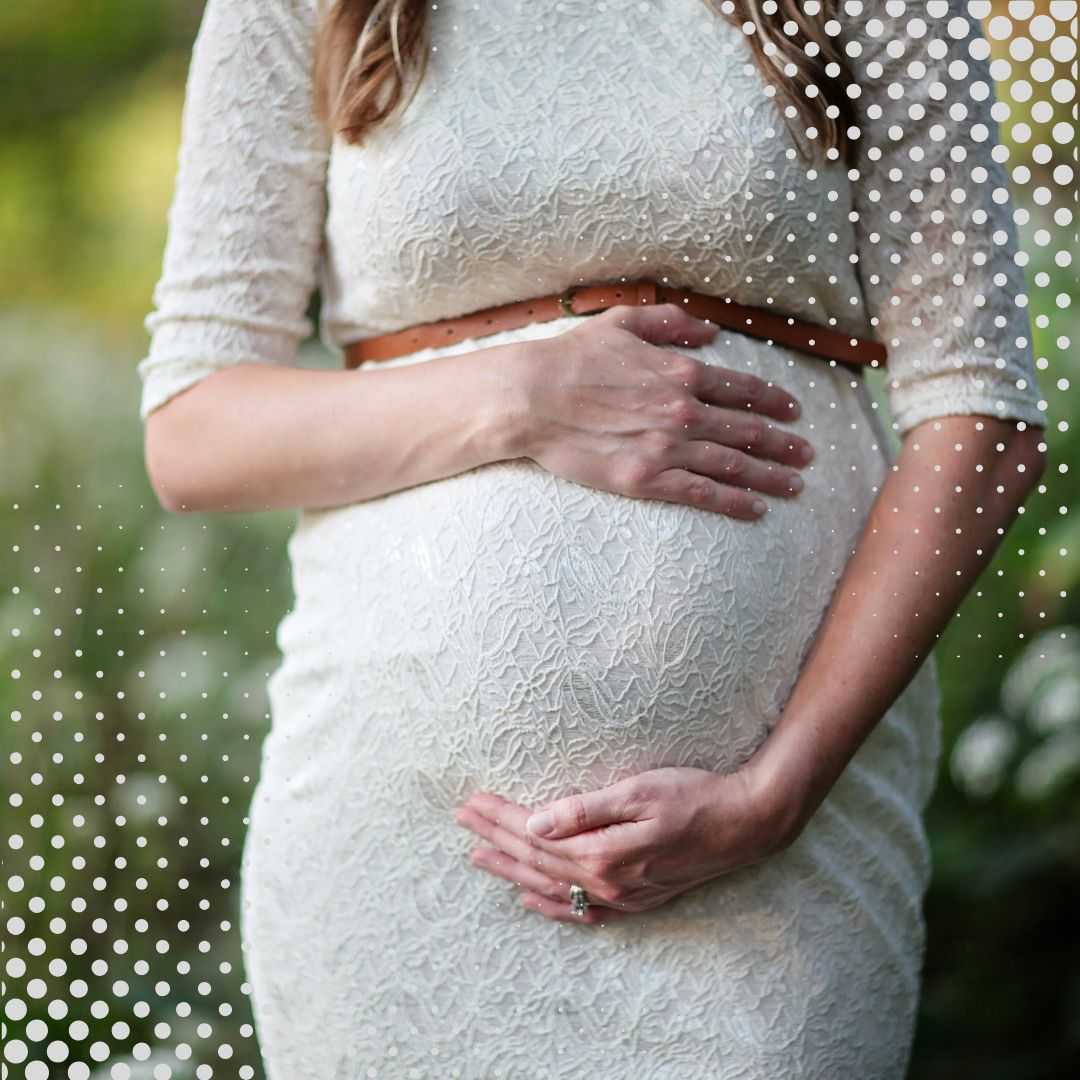
.jpg)

.jpg)
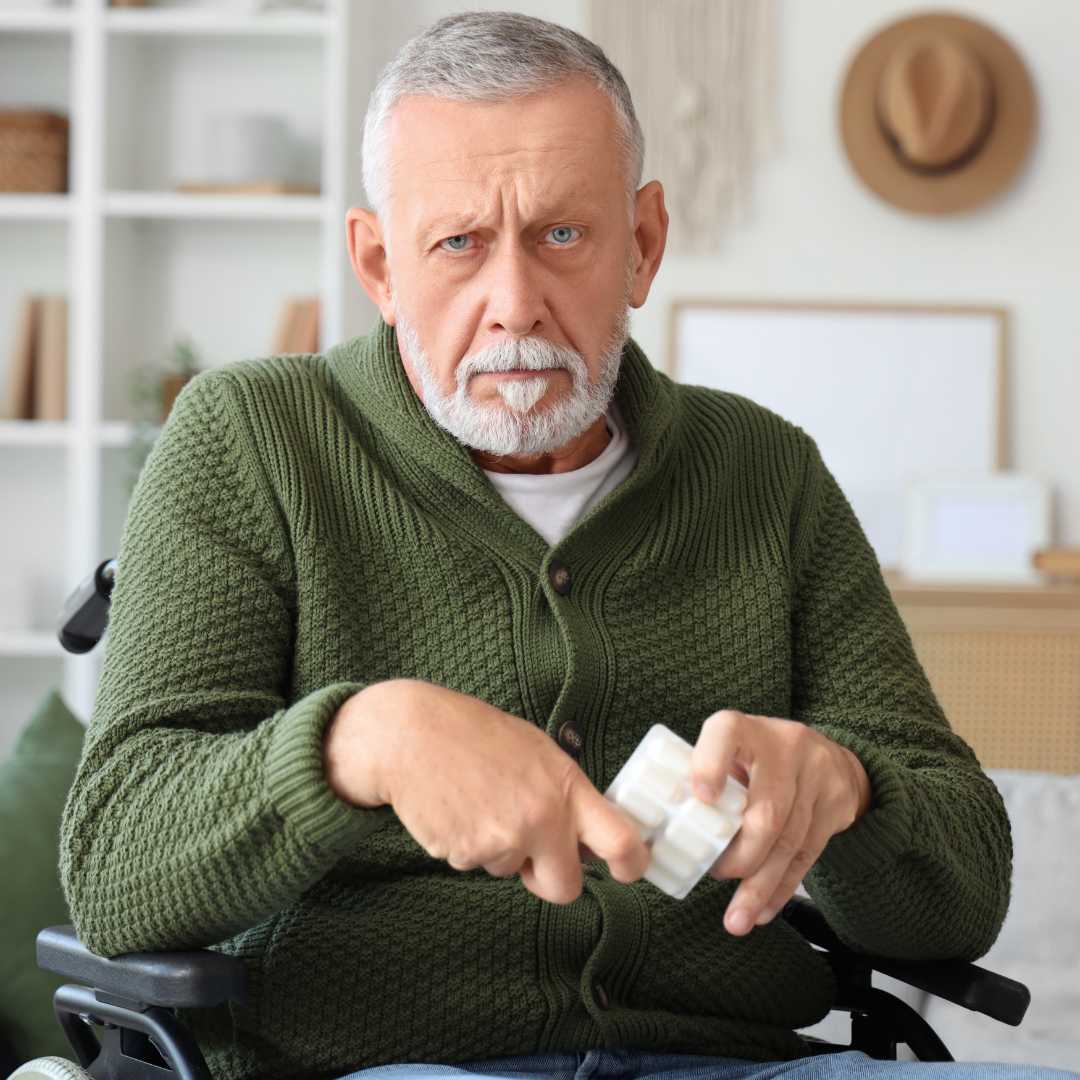

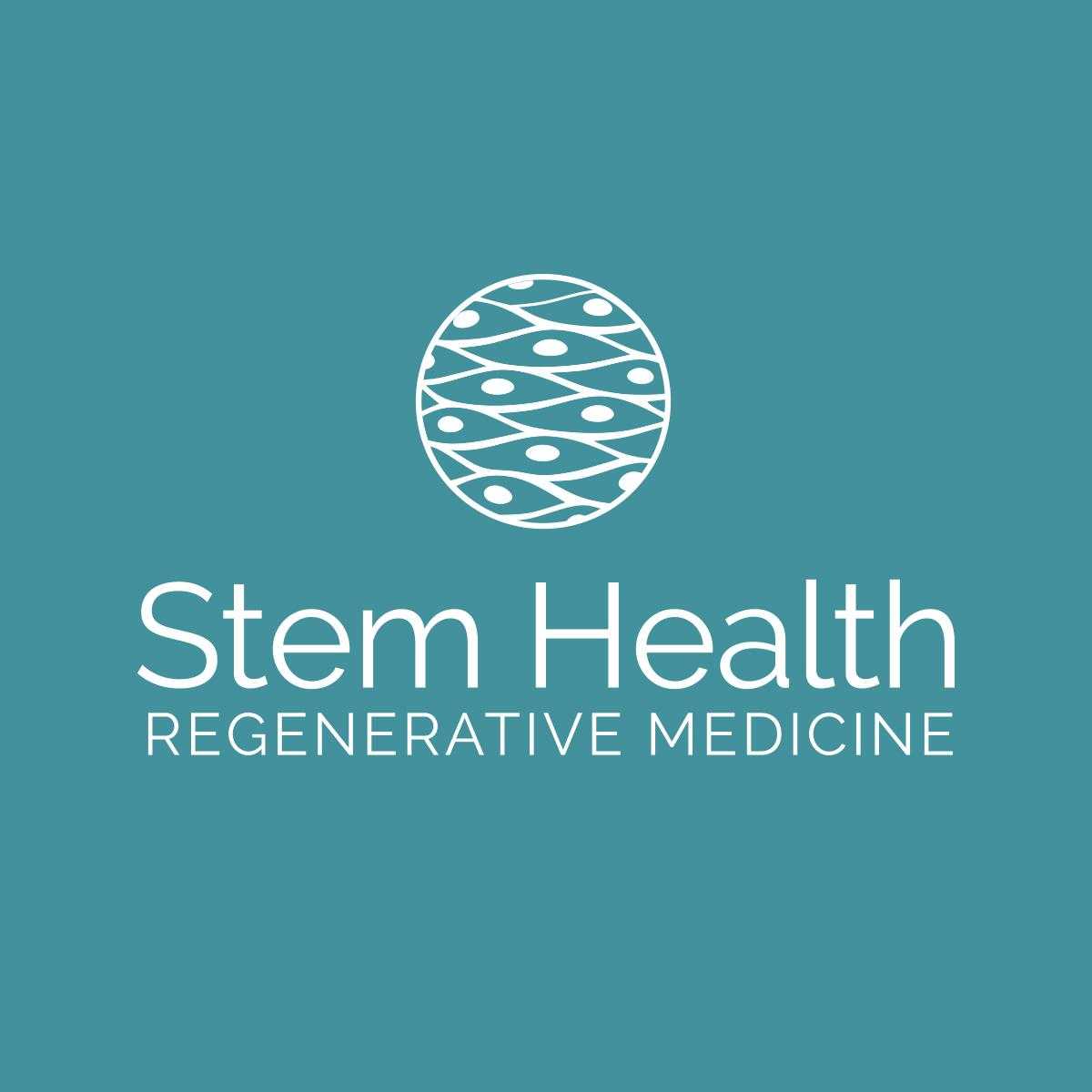
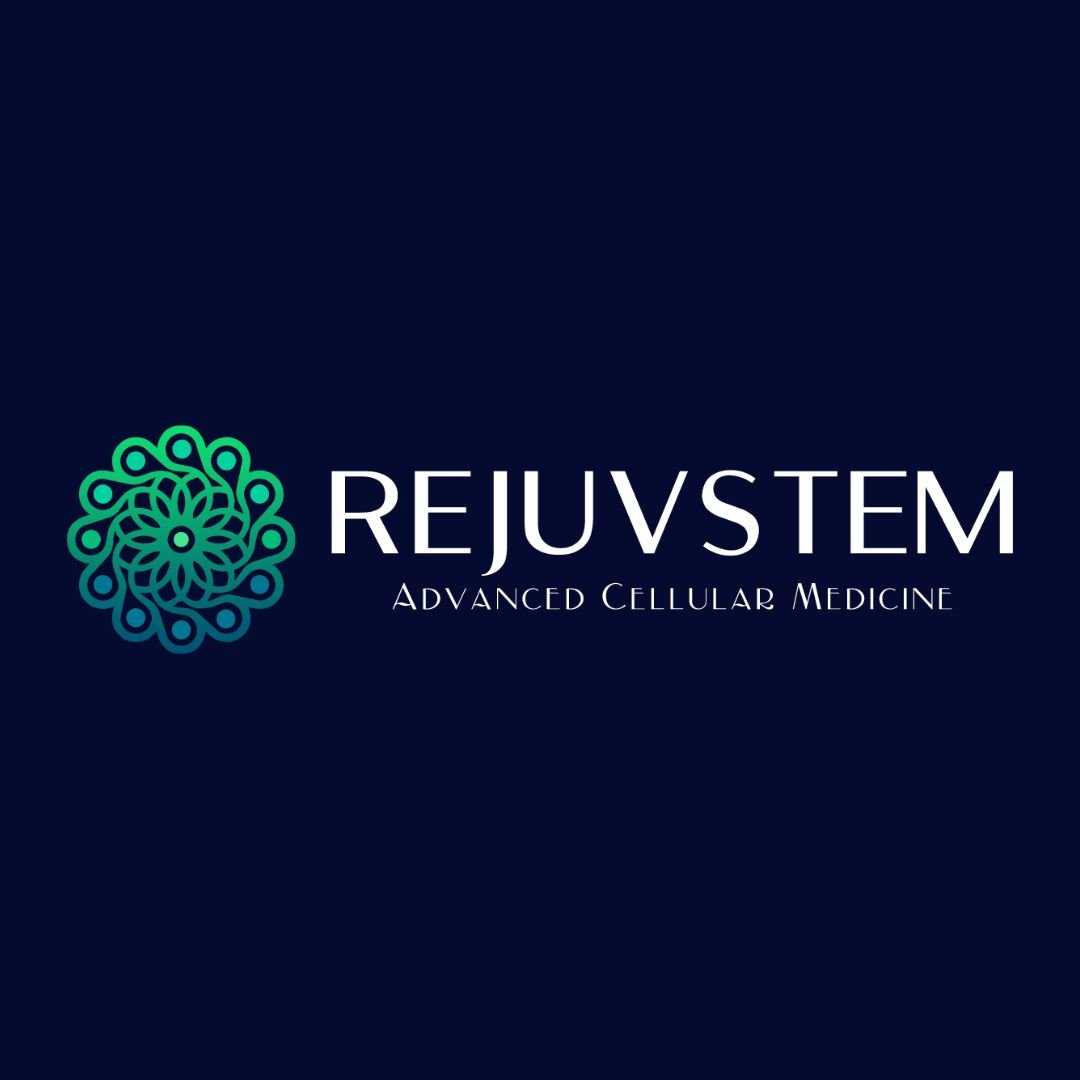

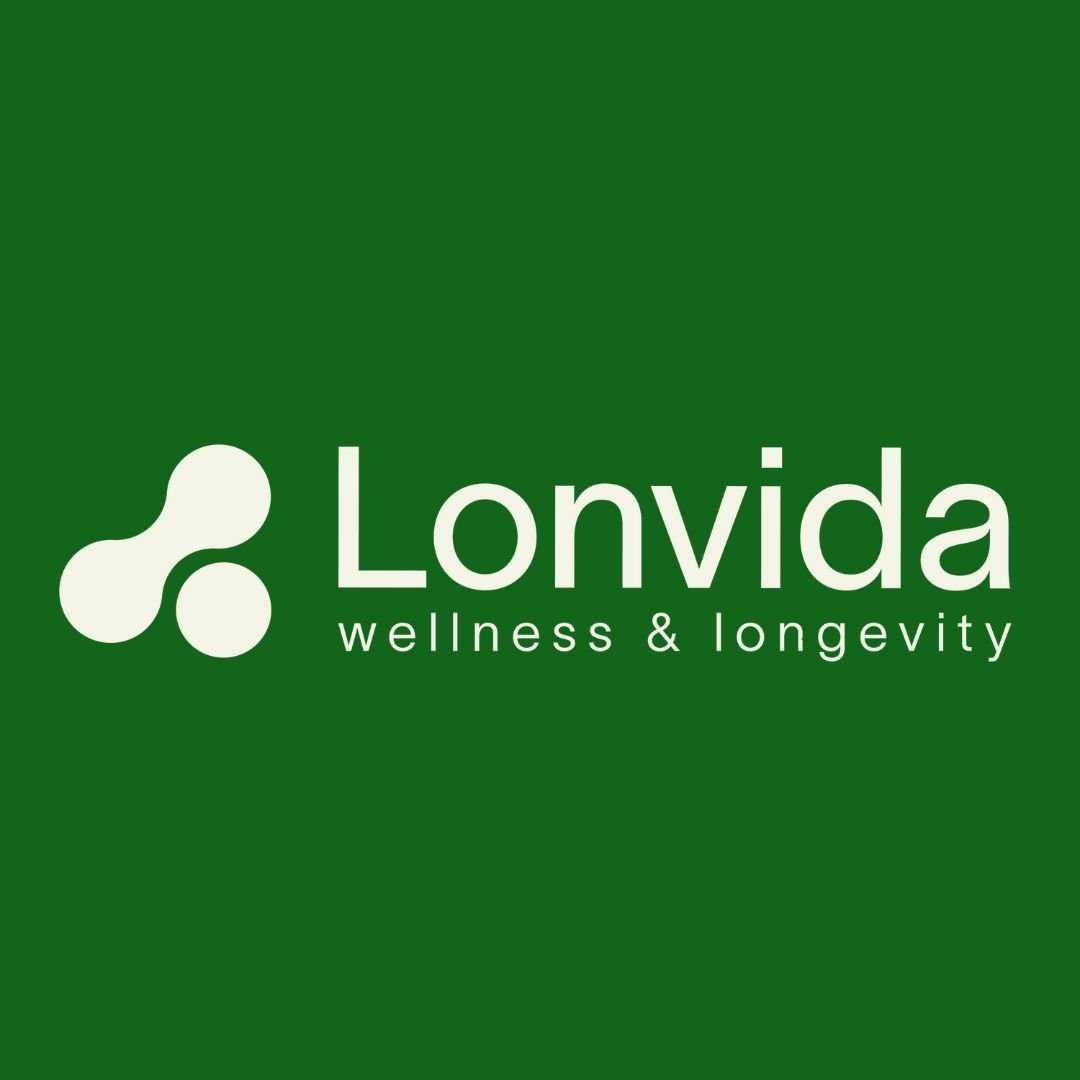

Share this listing